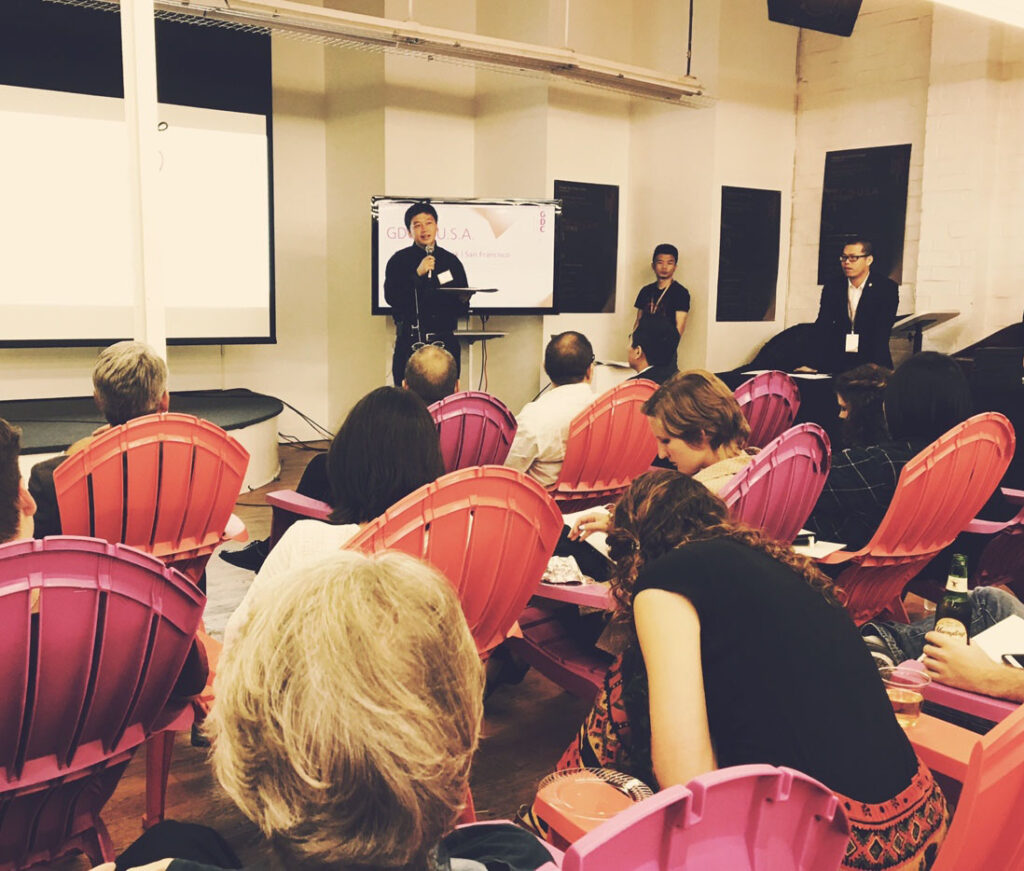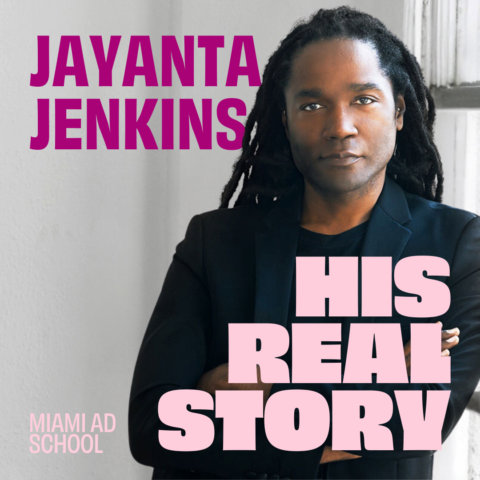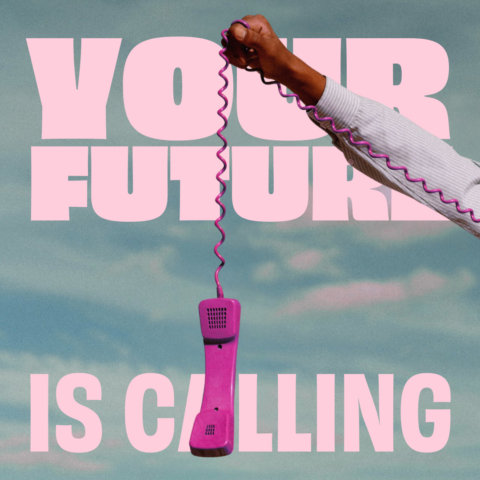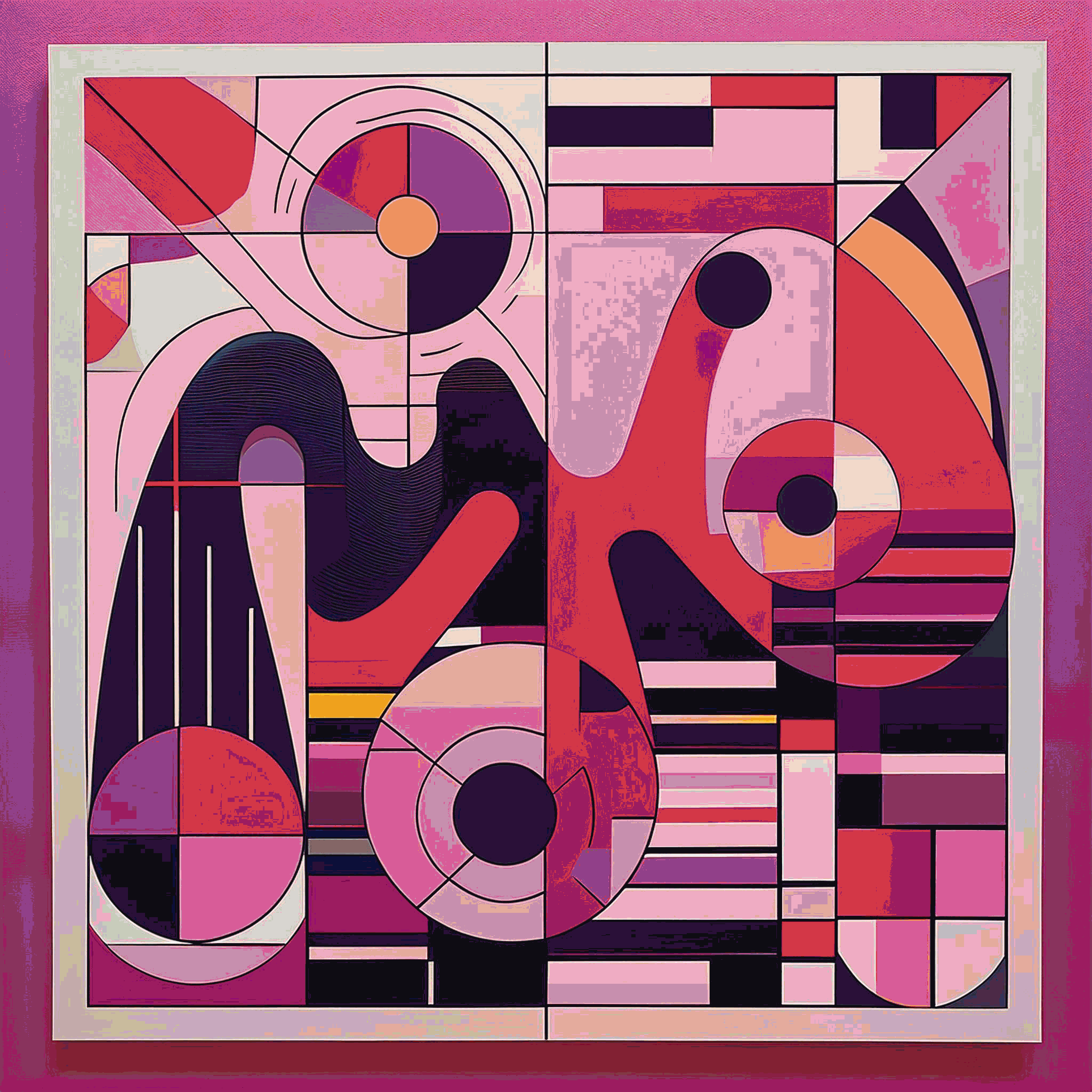
Hank Richardson: “Each Student Is an Opportunity to Change the World”
“We push students. We expect them to visit those places in their psyches they’ve yet to go.”

Miami Ad School Atlanta @ Portfolio Center Director of Creative Opportunities and Design Coach Hank Richardson with Elizabeth Carter Tindall (L) and Anna Reithman (R), recent winners of the Neenah Paper Tom Wright Scholarship.
When an author is looking for an authority on the education of designers and the philosophy of graphic design, Hank Richardson is a name that leaps easily to mind. With over three decades of experience teaching design and advertising, few ever have given more thought to the challenge of developing great designers. Here is Hank’s contribution to Steven Heller’s The Education of a Graphic Designer entitled “How We Teach, How We Learn What Is Taught.”
The Bauhaus philosophy and, particularly, the ideas of the school’s founder, Walter Gropius, have always most inspired my own beliefs, The aim of education at the Bauhaus was “to find out all the things that are based upon the psychology and biology of human life which are objective,” and it was about an objective process where both faculty and students were equally involved. According to Gropius, the function of education was “to inform the student… and bring him into the position of finding his own way.”
Gropius also advocated a holistic and organic flexibility, allowing education to evolve with the times. When he was eighty-one, he was asked if he would mind if others changed or adapted his philosophy. “No,” he responded. “Everything is alive, and it has to be changed. The conditions are different every day. We have to be flexible… As long as it’s an open process, it’s alive.”
The best curriculum needs constant observation, and it must change to respect the future. Often we look, but we just don’t see; we listen, but we just don’t hear. It is imperative that we pay attention when the education of young minds is at stake. Exemplary schools today might seek that same goal as the Bauhaus, where the very meaning of the word Bauer, “building [a house],” is offered in a broader sense of building, with a very expansive outlook that can prepare students for life—and not a life that is parochial, but open—where exploration and the bravery to be an explorer are the most important qualities.
An ideal curriculum, the expression of a philosophy and not simply a course of instruction, might come from constructing a paragon where the artistry of clear conceptual thinking is taught, and this means introducing reasoning—both deductive and inductive—so that truth becomes the mechanism for expansion and growth. Equally as important as defining truths is the pragmatism to convince students of their leadership and to support the spirit of that leadership as students make some commitment, join an association, or apply it in practice.
Leadership is a symbiosis of four things: fantasy, fascination, imagination, and information, and it takes all those qualities to comprise that “spirit” I refer to. Usually, in a beginning to mid-level student, “information” is the driver you see first. Students always want to invent and create, but initially are reluctant, even averse, to do so. A good curriculum provides space for the student to seek and explore and reason what truths might be, and a good school provides them a platform on which to contribute their findings in an unrestricted way.
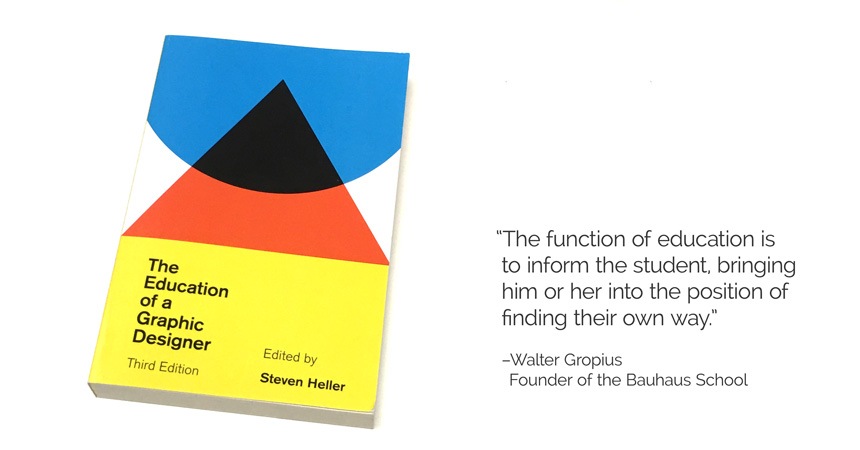
“The dream begins, most of the time, with a teacher who believes in you, who tugs and pushes and leads you on to the next plateau, sometimes poking you with a sharp stick called truth,” said Dan Rather. I am fortunate that my school is small, following the Bauhaus archetype, wherein you truly get to know the students. The policy in my office is pretty much open door. Students hover around for hours, working on their laptops, waiting their turn. A student calls an instructor with a question about a project, and, next thing you know, the two are discussing Jean Baudrillard at Starbucks. Larger schools might benefit from assuming a more “boutique” mentality. This is a challenge for big colleges and universities, but it can be done. If we mean to push students, if we expect them to visit those places in their psyches they’ve yet to go, then we must provide a safe environment and a structure—a well-mapped curriculum enforced through a sound course of instruction—to ensure their ultimate success.
Such a curriculum must be comprehensive and might begin with a foundation of design aesthetics and language, where basic skill sets are learned; then, move into intermediate processes, where theory, history, and an understanding of cultural interface are prominent, this juxtaposed with a primary understanding of design paradigms and systems about identity and culture. Next, proceed into advanced processes, where students begin to find their voices through interpretative application that might frame their reasoning. And finally, introduce media studies, such as interactive or multimedia systems. There’s a lot to cover, and it requires enormous dedication and energy from students, teachers, and administrators.
With all of that in place, the biggest challenge I face as an educator is nudging each student to his or her personal threshold—that existential edge where their best work is conceived. For the edge always defines. This involves asking students to draw from private experience, requiring them to handle subject matter outside their comfort zone and expecting them to learn about subjects absolutely foreign to them. It also involves mandatory attendance at my 5 a.m. classes, which frequently last until noon or later. Sometime those classes take place on Sundays. Sometimes, students are asked to stand on a table in the middle of the group and “recite” annual reports, in order to understand the relevance of type and “voice,” and why voice is important.
These conditions create conflict, and conflict gives birth to creativity. Situations that threaten us or, more precisely, threaten our sense of order, also make us feel more alive. If a student feels destabilized, the ordering response of the imagination will kick in full force. The teacher’s job is to put the students off-balance, test their sense of reality, help them realize the effects of their perceptions on their sense of reality, and then, ultimately, change their reality altogether, proving, once again, Marshall McLuhan’s premise that “We become what we behold.”
Leading not through a sense of obedience but rather, through a sense of imagination, good teachers facilitate the lonely process of moving inward for answers. As Lou Dorfsman, former design director of CBS, once said, “ Creativity is… the ability to reach inside yourself and drag forth from your very soul an idea.” By the time my students get to me, they’ve had plenty of experience modeling—learning about and a drawing from the creation of others. There comes a time, though, when they cannot look outside themselves for answers; the answer must come from within.
Mixed Messages, one of my early-morning classes, is a good example of how this works. Projects vary from quarter to quarter, but my most recent group was charged with redefining an established acoustical/visual language through their own interpretation of the formula: dj/mixology + culture = vernacular. Their deliverable had to showcase how mass cultures and subcultures share space and how such exchanges can be fostered in this era of hyper-reality.
First, I had them gather information on the visual and audio samplings that proliferate in our environment via signage, television, movies, music, the internet, print publications, art and the like. Next, I made them explore the mundane things/events that disturb them—the little things in life that get under their skin and drive them nuts—and choose one. Then I assigned them to juxtapose the two, to form a personal, critical evaluation of the contrasting issues and find a relationship between them.
While this sounds like fun, initially—listening to DJ Spooky and reading Charles Bukowski, kvetching about automated customer service or people who pee on the toilet seat, it quickly turned dead serious. Final projects ranged from a website promoting healthy body image and self-esteem for teenagers to a provocative, poignant book about abortion.
One of our staff advised that I should hang a giant Kleenex dispenser over my desk. We’re always running out of tissue. Tears being the eloquence of passion. I can usually gauge the quality of the student show every quarter by how many have been shed in my office. Because anything, from a logo to a complete branding campaign, can be imbued with— and will benefit from—a story, and the best fiction is always personal, which can be intense and, yes destabilizing. If students draw from their own stories, values, and ethics, though, they’ll produce work that is distinctive, that has a unique, particular voice. This is no easy task.
Often, I hear people say of design, “It’s not brain surgery!” Well, as comforting as that thought might be to anyone trying to solve a frustrating design problem—for it conveniently diminishes both the problem and the importance of the designer—I say design is every bit as crucial. Designers interpret and shape sociological trends; they directly influence the mood and landscape of our culture. Indeed, as McLuhan suggested, design is culture. Design changes the way we live. So it’s extremely important that designers recognize and realize their power. Hence, I consider each student an opportunity to change the world.
